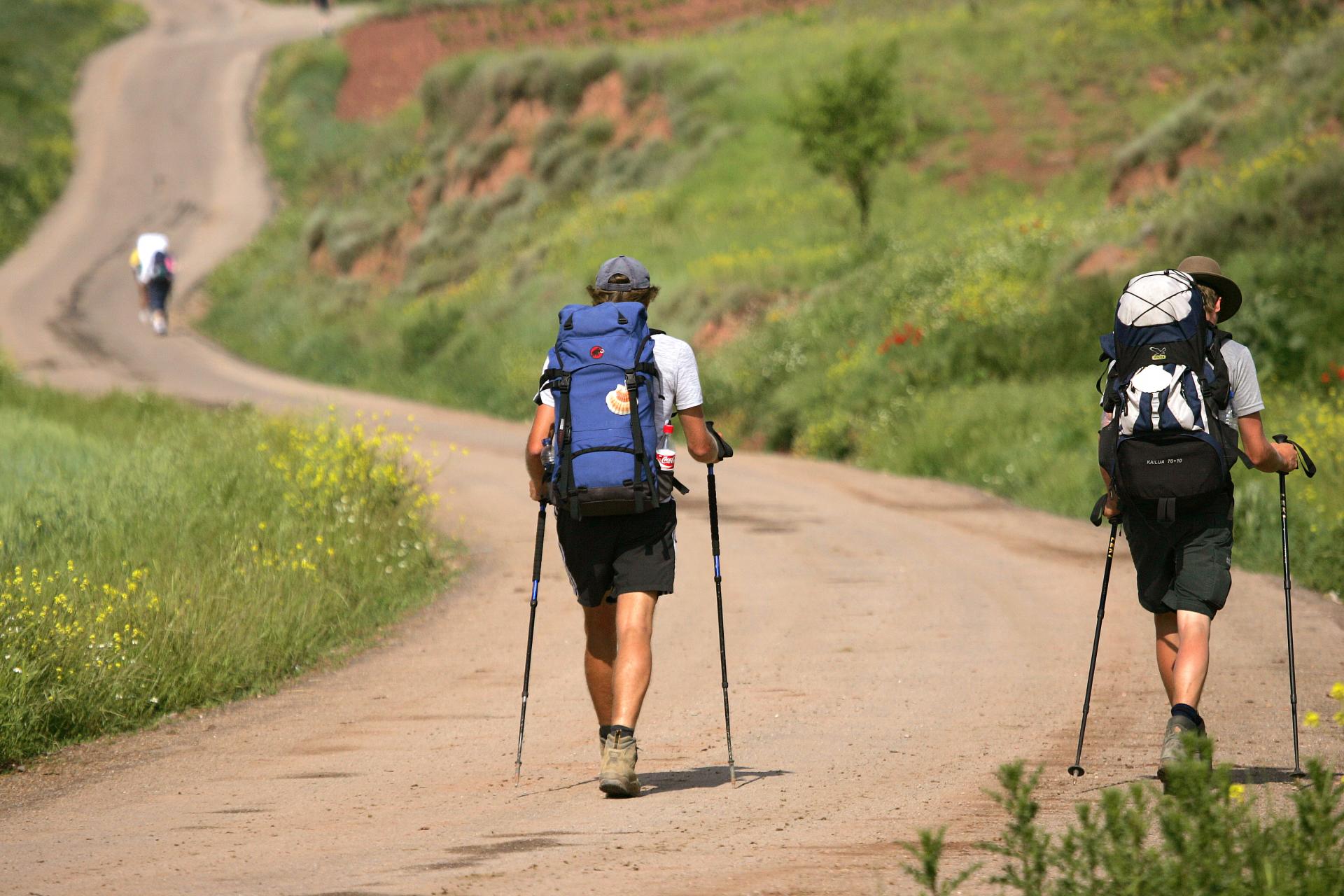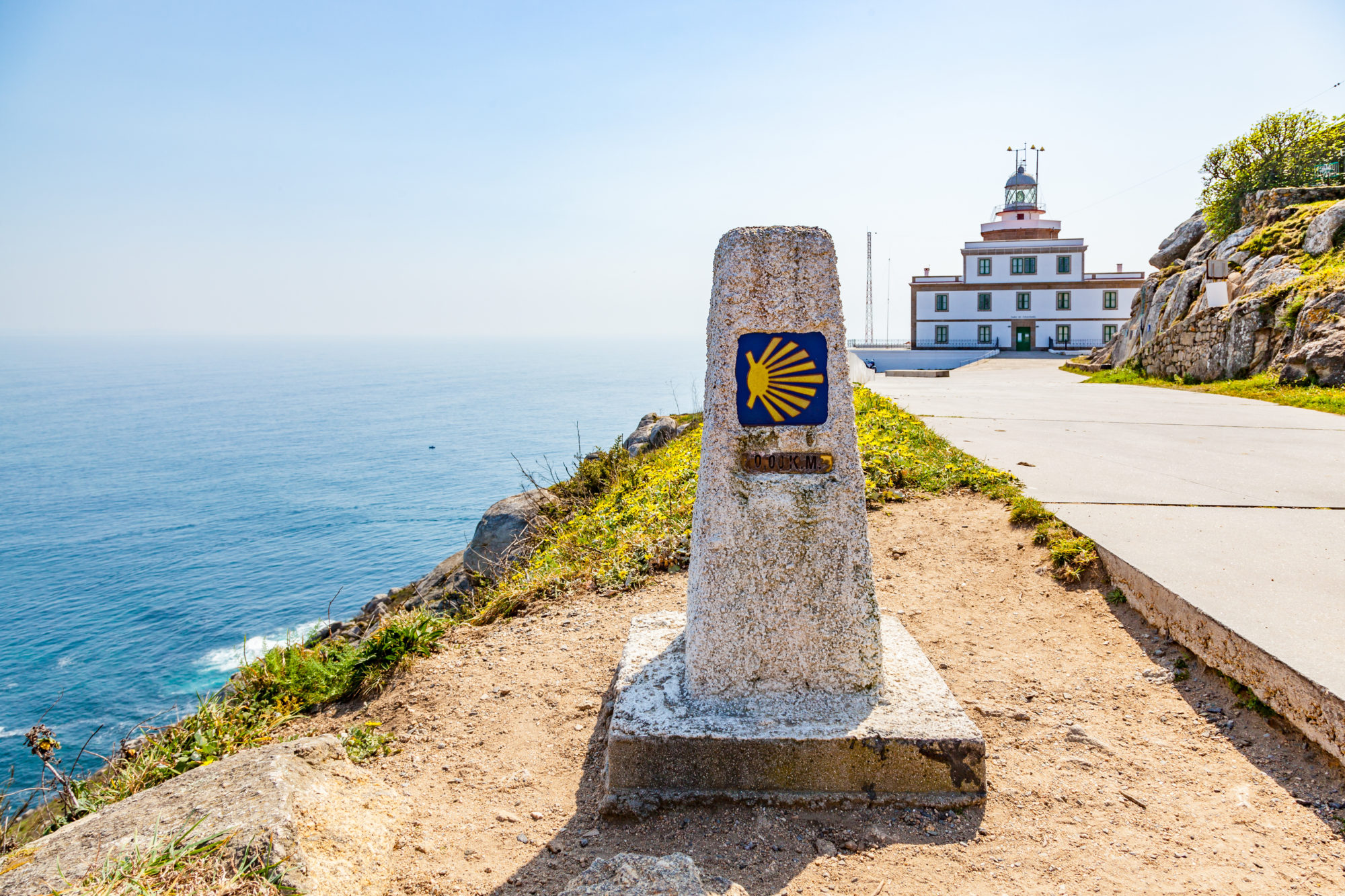

It is a path of medium difficulty and, of course, it is a great alternative in terms of its well-bestowed infrastructure. It is a picturesque village from which we can leave to finish arriving in Santiago de Compostela or to Pamplona, depending on the time we have available to us.Īlong the route of 760 kilometres and 33 stages, about 25 kilometres each, we can visit places as emblematic as Pamplona, Burgos, León, Ponferrada or Astorga. The Camino Frances de Santiago crosses the north of the Iberian Peninsula starting its pilgrimage in the French locality of Saint Jean Pied de Port, in the area of Aquitaine. Types of routes and stages on the Camino de Santiago Camino de Santiago Frances Today, the Camino de Santiago is a route that symbolizes personal effort, adventure and a deep connection with nature and the cultural heritage of Europe. This increased its importance as a commercial route and contributed to dynamize the whole area, making new routes appear, such as the Camino Portugues or the Camino from Finisterre, which constitutes today a network that shares the same spirit. Since then, the Camino Frances became the alternative, having new spaces less steep than those of the ‘ Camino del Norte‘. It was with the progressive advance of the Reconquista when the radius possible for new routes began to expand. Since then, the city of Santiago de Compostela, where his remains are found, became a city of pilgrimage and one of the capitals of Catholicism.Īt first, there was only the alternative of the so-called ‘ Camino Primitivo‘, a rugged route that crossed mountains and tested the faith of the believers. The Camino de Santiago is a route of medieval origin that arose from the discovery of the tomb of the Apostle Santiago in the early Middle Ages. We will answer the most frequently asked questions about the Camino de Santiago! Precisely, it is part of our vocation to do so and we want to remind you that it is possible to book any of these routes throughout the year. Taking into account that more and more people are interested in completing the Camino de Santiago in any of its versions and that on too many occasions doubts and dilemmas are raised on which of all possible routes to take, from Santiago Ways we have decided to shine a little light to make everything easier. ▲▲ Santiago de Compostela Destination of all those pilgrims, with an invigorating cityscape and a dramatic cathedral that's not a letdown, even after a 500-mile walk.Routes and stages on the Camino de Santiago ▲ Lugo Atmospheric Galician city just off the Camino, lassoed by stout, mossy walls. ▲▲ O Cebreiro Quintessential Galician mountain village, with stone palloza hobbit houses, a pre-Romanesque church, and oodles of pilgrim ambience. Villafranca del Bierzo Sleepy pilgrim town perched on rugged hills at the edge of Galicia. ▲ Astorga Pleasant town graced with Antoni Gaudí's visit-worthy Bishop's Palace. ▲▲ León Bustling city with grand Gothic cathedral (crammed with Spain's best stained glass), fresco-slathered Romanesque chapel (in the San Isidro Museum), and lively tapas-bar scene. ▲ Burgos Sprawling but walkable city centered on its glorious Gothic cathedral, with loads of quirky touches. Santo Domingo de la Calzada Dusty village with fun legends and pilgrim amenities. ▲ La Rioja A detour from the Camino (near the skippable city of Logroño) into pastoral wine country, worthwhile for oenophiles and those intrigued by charming wine towns (Laguardia) and contemporary architecture (with wineries by Gehry and Calatrava). Irache Monastery Legendary “wine fountain” lifting pilgrims' spirits in the middle of nowhere.

▲ Puente la Reina Classic Camino pilgrim town with a perfectly picturesque bridge. Iruña) with atmospheric narrow lanes, fine churches, and world-famous Running of the Bulls.
+(35)-34c7d00b-1920w.jpg)
Roncesvalles Middle-of-nowhere spot where Camino walkers catch their collective breath after the exhausting first leg over the Pyrenees. ▲ St-Jean-Pied-de-Port Tranquil French mountain village clustered along a babbling stream - the perfect springboard for the Camino. These spots are listed in the order you'd reach them as you traversed the Camino de Santiago from east to west, toward Santiago de Compostela.


 0 kommentar(er)
0 kommentar(er)
